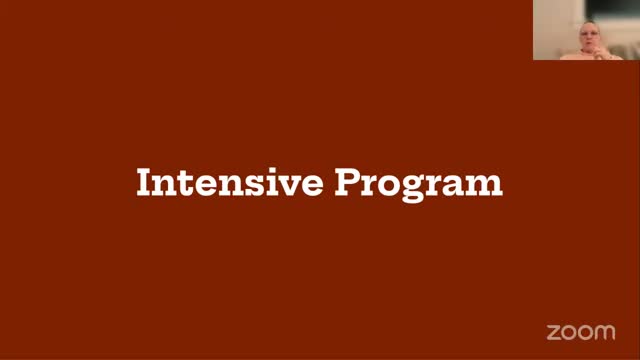District details intensive‑program recommendations: YouthTruth, youth advisory council and TOSA roles
February 15, 2025 | North Wasco County SD 21, School Districts, Oregon
This article was created by AI summarizing key points discussed. AI makes mistakes, so for full details and context, please refer to the video of the full meeting. Please report any errors so we can fix them. Report an error »

District staff described the North Wasco County SD 21 intensive program — an invitation‑only Student Success Act initiative — and a set of recommendations the district has developed and is implementing to improve long‑term student outcomes.
The intensive program, staff said, requires a minimum four‑year commitment and funds proposals that go through deliberative advisory and stewarding bodies before accessing grant funds. “It’s a 4 year minimum commitment to equity, community engagement, and system improvement,” CJ said, describing the program structure and the student success team process for proposal, refinement and consensus approval.
Nut graf: through that process the district has seven active recommendations from last year and two that were approved this year — the YouthTruth survey partnership and the district youth advisory council — both intended to increase student voice and provide data and student perspective for planning.
Highlights: the YouthTruth survey will be administered to students in grades 3–12, all families and staff; the district is currently in pre‑survey planning and expects the survey window from March 31 to April 25 with reports delivered on or before May 9 and a district‑level data review in June. “We will administer this survey every year moving forward, even beyond the intensive program,” CJ said.
The youth advisory council grew from a desire to broaden student voice. Staff said the Next Door‑led youth advisory council will coordinate with existing youth outreach work and serve as a student voice for advisory and intensive‑program work.
Another intensive‑program output: the district funded culture and climate TOSAs (teachers on special assignment) — one at each elementary — to support restorative practices, teacher coaching and student perception data collection. Director Toole described TOSAs as “teachers of teachers,” assigned to establish pilots in elementary schools during the first year and plan secondary implementation in year two.
Staff emphasized progress monitoring and funding access: recommendations must meet 3‑, 6‑, 9‑ and 12‑month progress markers before program funds are allocated for implementation and continuation.
Ending: board members praised staff and community partners; staff said the program’s deliberative structure and annual progress checks are intended to produce sustainable, data‑driven improvements across the district.
The intensive program, staff said, requires a minimum four‑year commitment and funds proposals that go through deliberative advisory and stewarding bodies before accessing grant funds. “It’s a 4 year minimum commitment to equity, community engagement, and system improvement,” CJ said, describing the program structure and the student success team process for proposal, refinement and consensus approval.
Nut graf: through that process the district has seven active recommendations from last year and two that were approved this year — the YouthTruth survey partnership and the district youth advisory council — both intended to increase student voice and provide data and student perspective for planning.
Highlights: the YouthTruth survey will be administered to students in grades 3–12, all families and staff; the district is currently in pre‑survey planning and expects the survey window from March 31 to April 25 with reports delivered on or before May 9 and a district‑level data review in June. “We will administer this survey every year moving forward, even beyond the intensive program,” CJ said.
The youth advisory council grew from a desire to broaden student voice. Staff said the Next Door‑led youth advisory council will coordinate with existing youth outreach work and serve as a student voice for advisory and intensive‑program work.
Another intensive‑program output: the district funded culture and climate TOSAs (teachers on special assignment) — one at each elementary — to support restorative practices, teacher coaching and student perception data collection. Director Toole described TOSAs as “teachers of teachers,” assigned to establish pilots in elementary schools during the first year and plan secondary implementation in year two.
Staff emphasized progress monitoring and funding access: recommendations must meet 3‑, 6‑, 9‑ and 12‑month progress markers before program funds are allocated for implementation and continuation.
Ending: board members praised staff and community partners; staff said the program’s deliberative structure and annual progress checks are intended to produce sustainable, data‑driven improvements across the district.
View full meeting
This article is based on a recent meeting—watch the full video and explore the complete transcript for deeper insights into the discussion.
View full meeting
